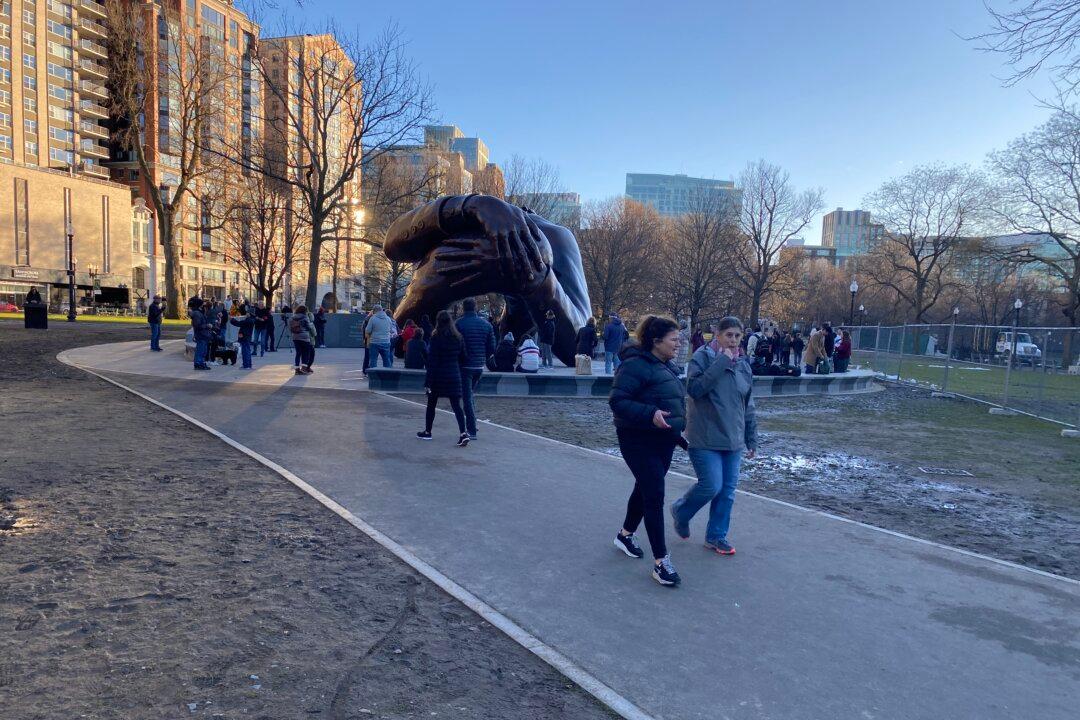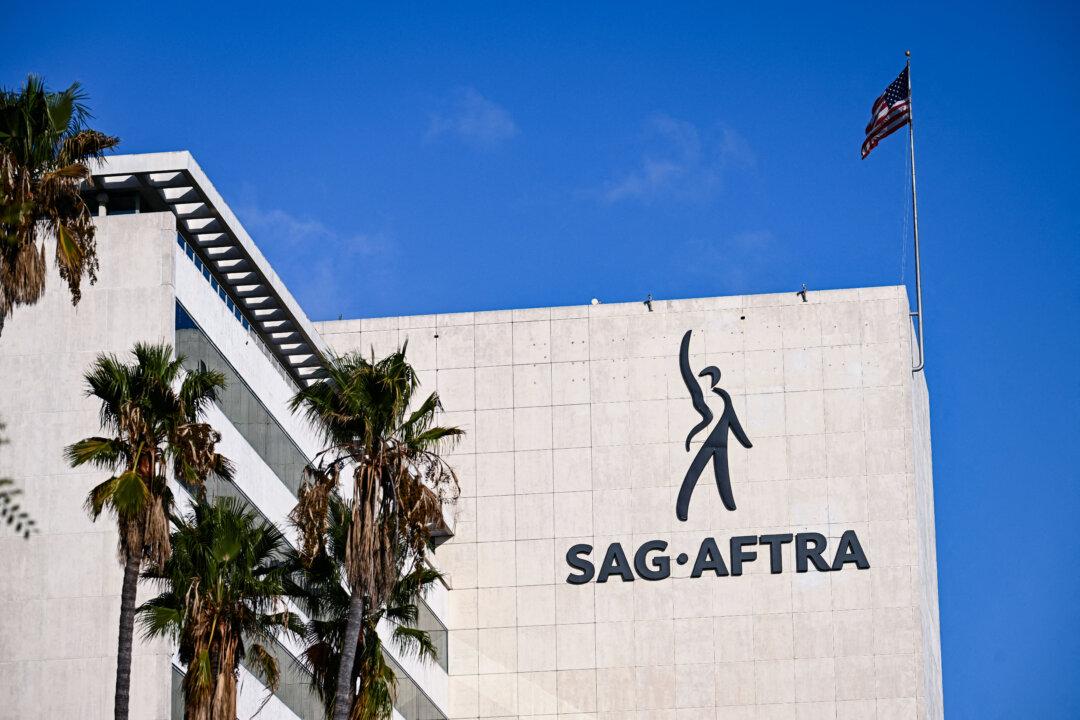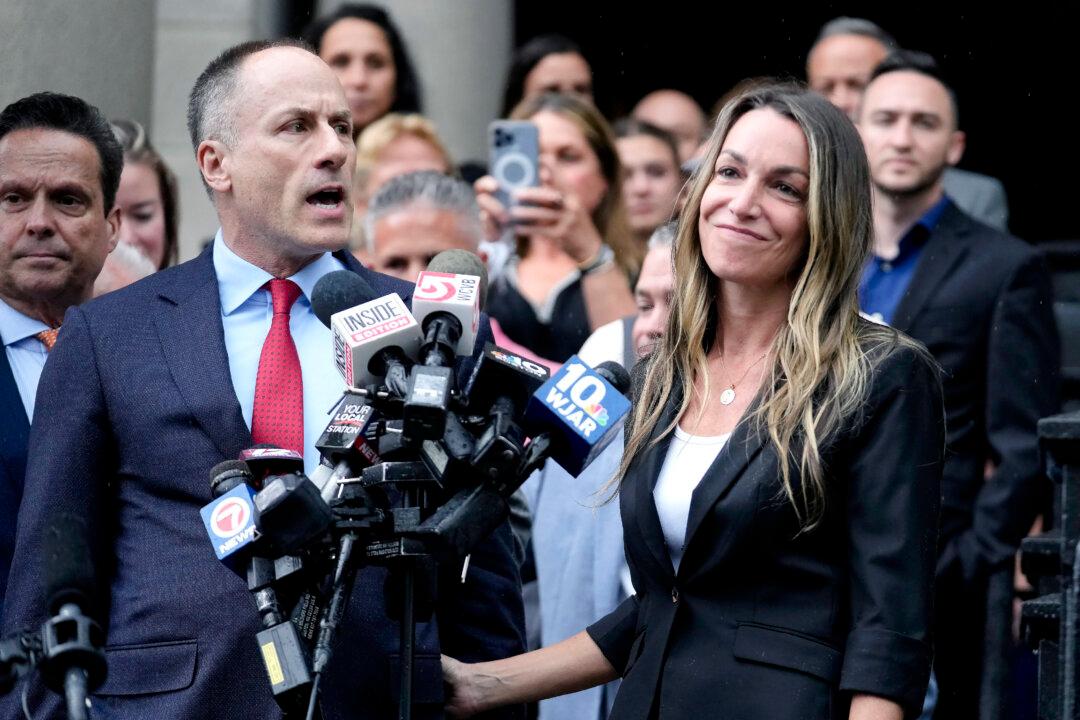BOSTON—The new Dr. Martin Luther King sculpture in Boston Common called “The Embrace” has not exactly been received with open arms.
Unveiled this past Martin Luther King Day weekend, the behemoth 20-foot-tall bronze has been likened to male genitalia, including by some of King’s own family members, and mocked on the polite end of criticism as a $10 million waste—in reference to its whopping price tag.




